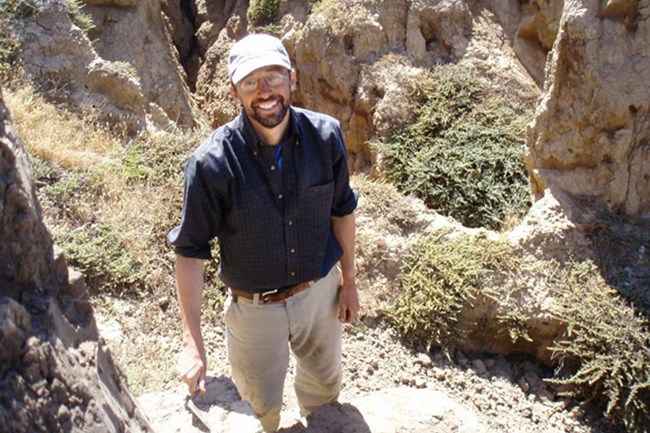
Chapter 19
Dr. Todd Braje, Professor of Anthropology, San Diego State University, talks about the archeological evidence of abalone use in the Channel Islands.
Abalone were an important food and tool source for the Indigenous peoples of San Nicolas and the other Channel Islands for over 10,000 years. Hunter-gatherers collected a variety of abalone species from intertidal and deep-water habitats and ate the meat as a regular part of their diets. By digging up ancient trash piles (middens), archeologists have found evidence that abalone were an important part of feasts and were a highly prized food.
Once the meat was eaten, the beautiful shells—which came in a variety of colors from pinks to reds to blacks—were used to make tools and ornaments. Many of the shells were broken apart with a rock, and the fragments were ground and shaped into fishhooks. These were often circular or J-shaped and an important part of a fisherman’s toolkit.
Expert craftsmen used abalone shells to make beads, pendants, and ornaments. These were used to decorate clothing and to make lovely jewelry worn by both men and women.
When large abalone shells were found, sometimes the holes through which the animal once breathed were sealed with a tar-like substance called asphaltum. The shell then could be used as a dish or bowl to hold food, paints, or other substances.
-
Listen to chapter 19 entry
Learn about abalone on the Channel Islands and their uses by native islanders.
Last updated: April 25, 2025
